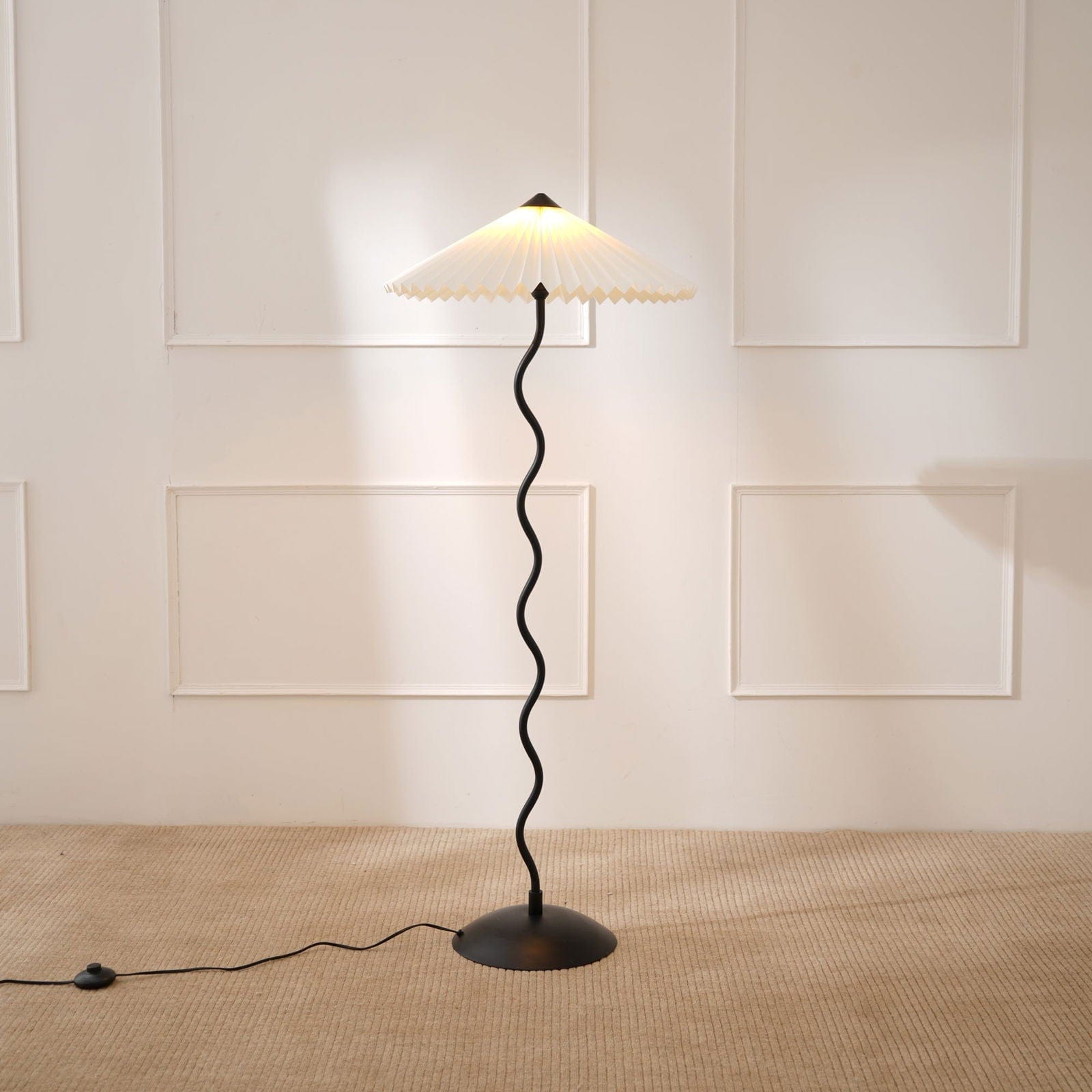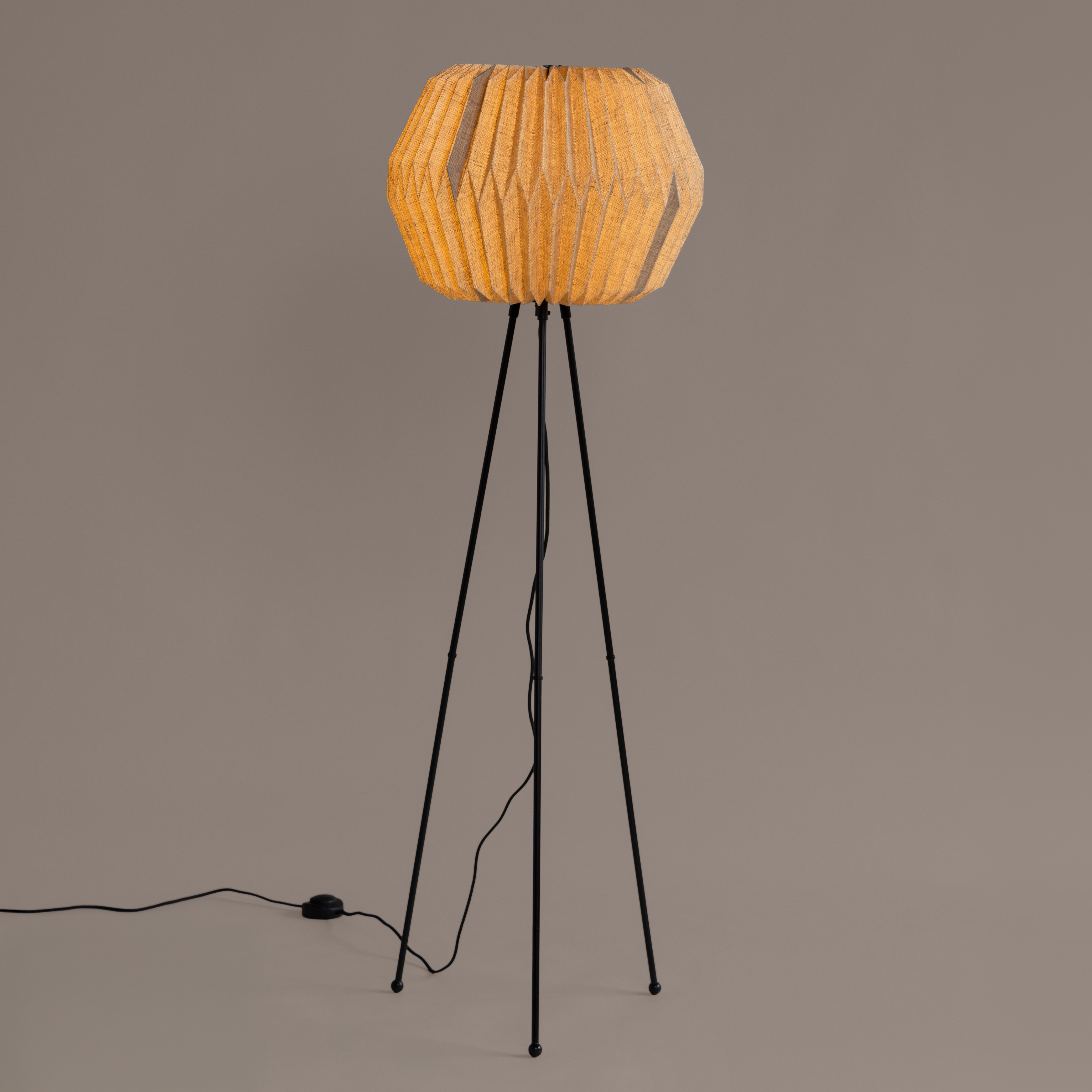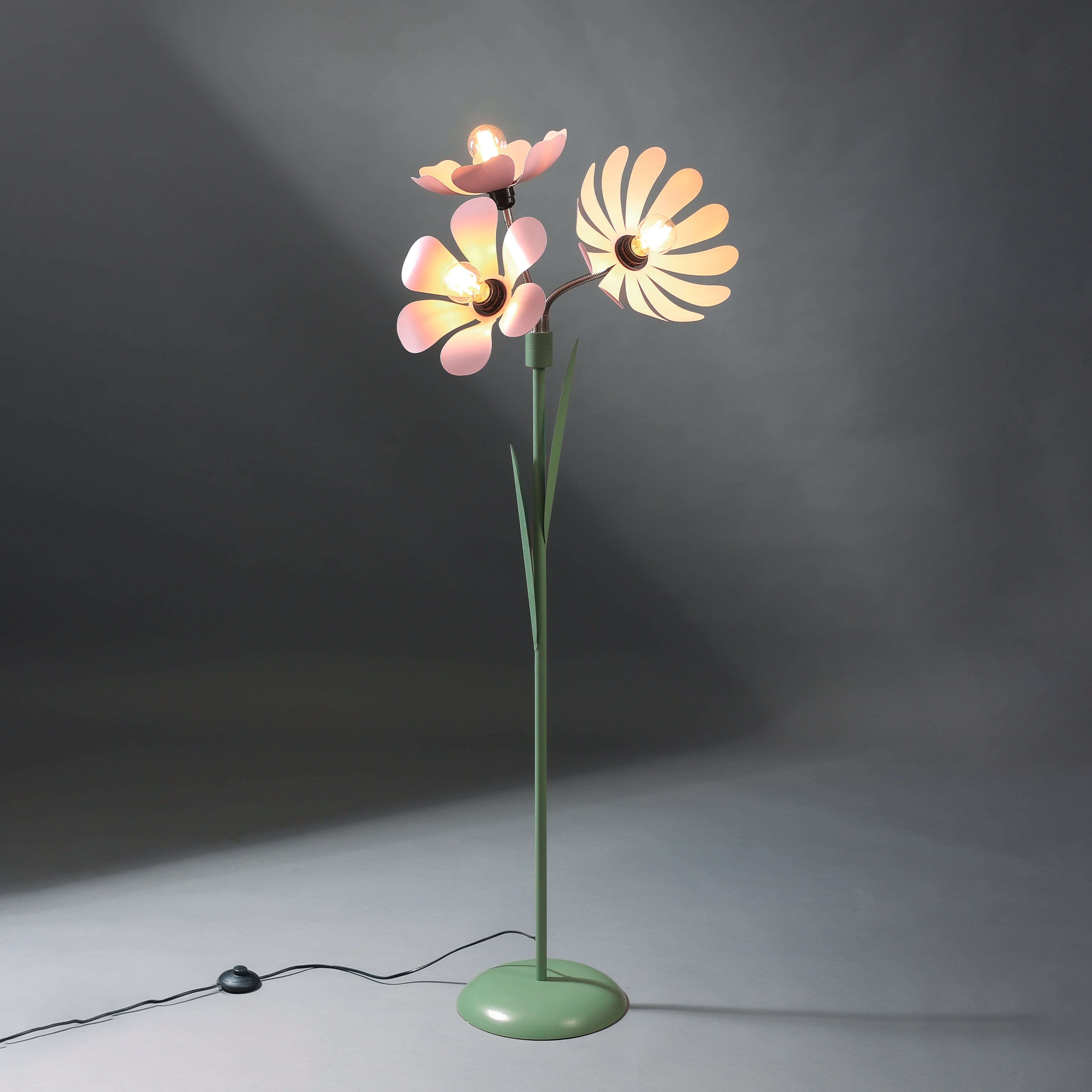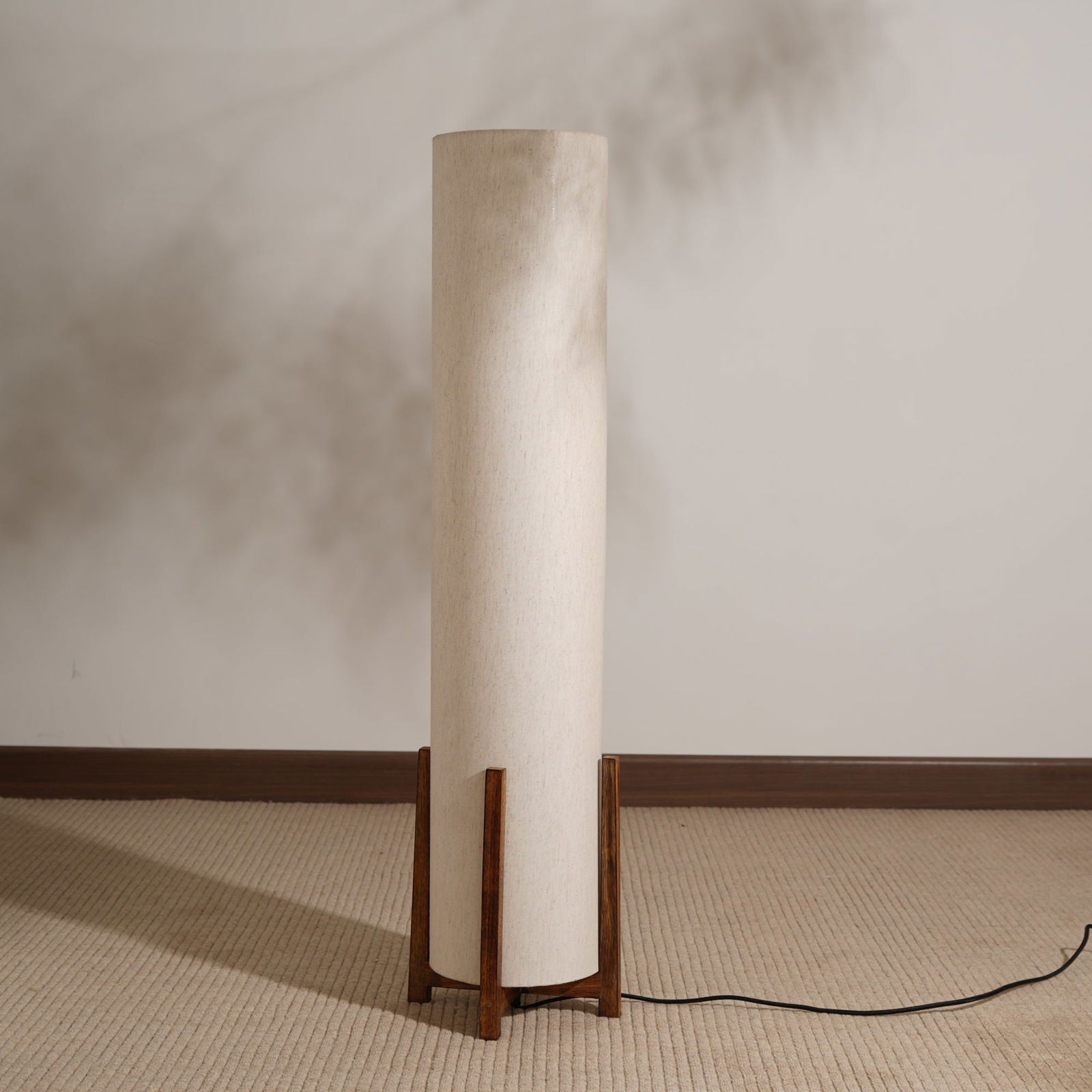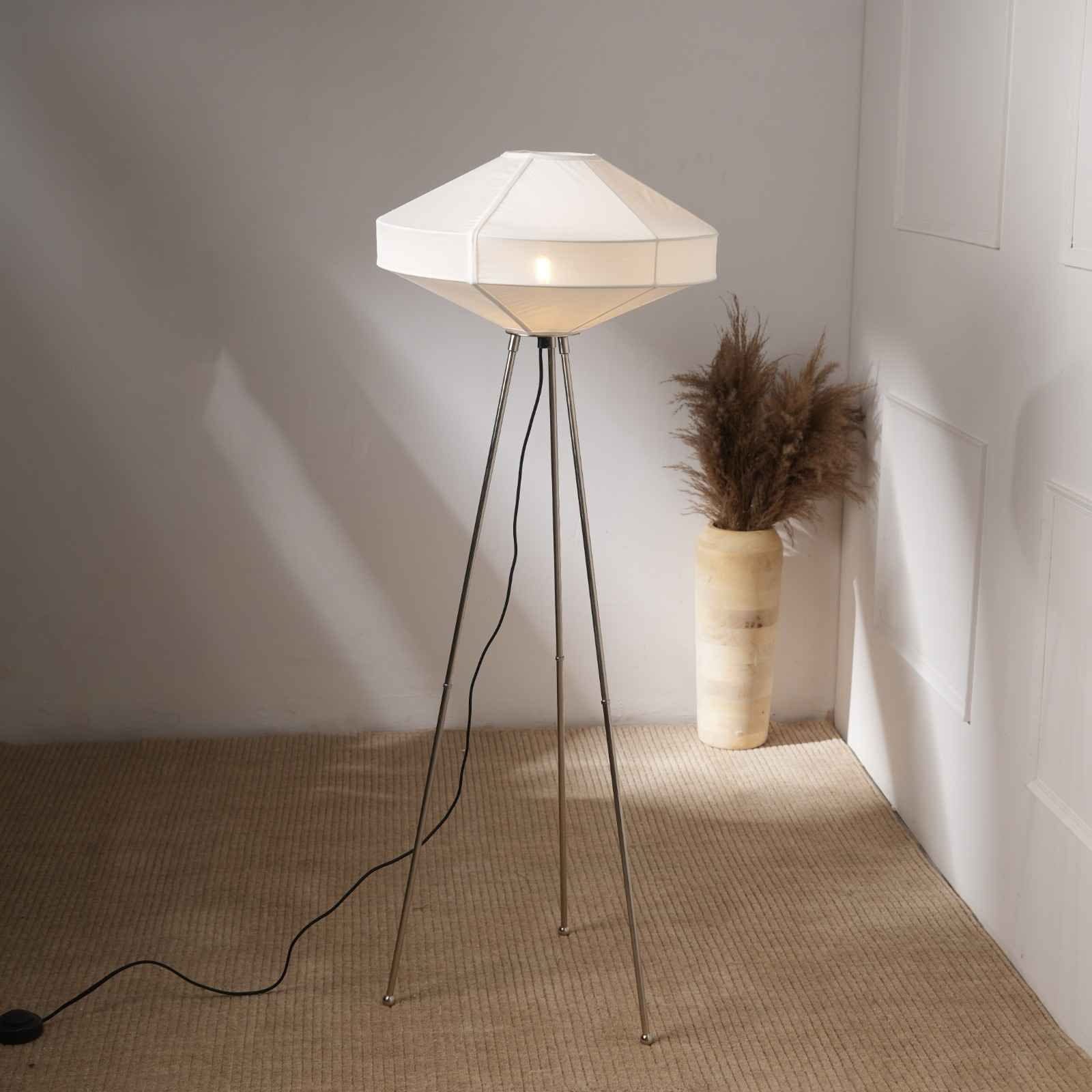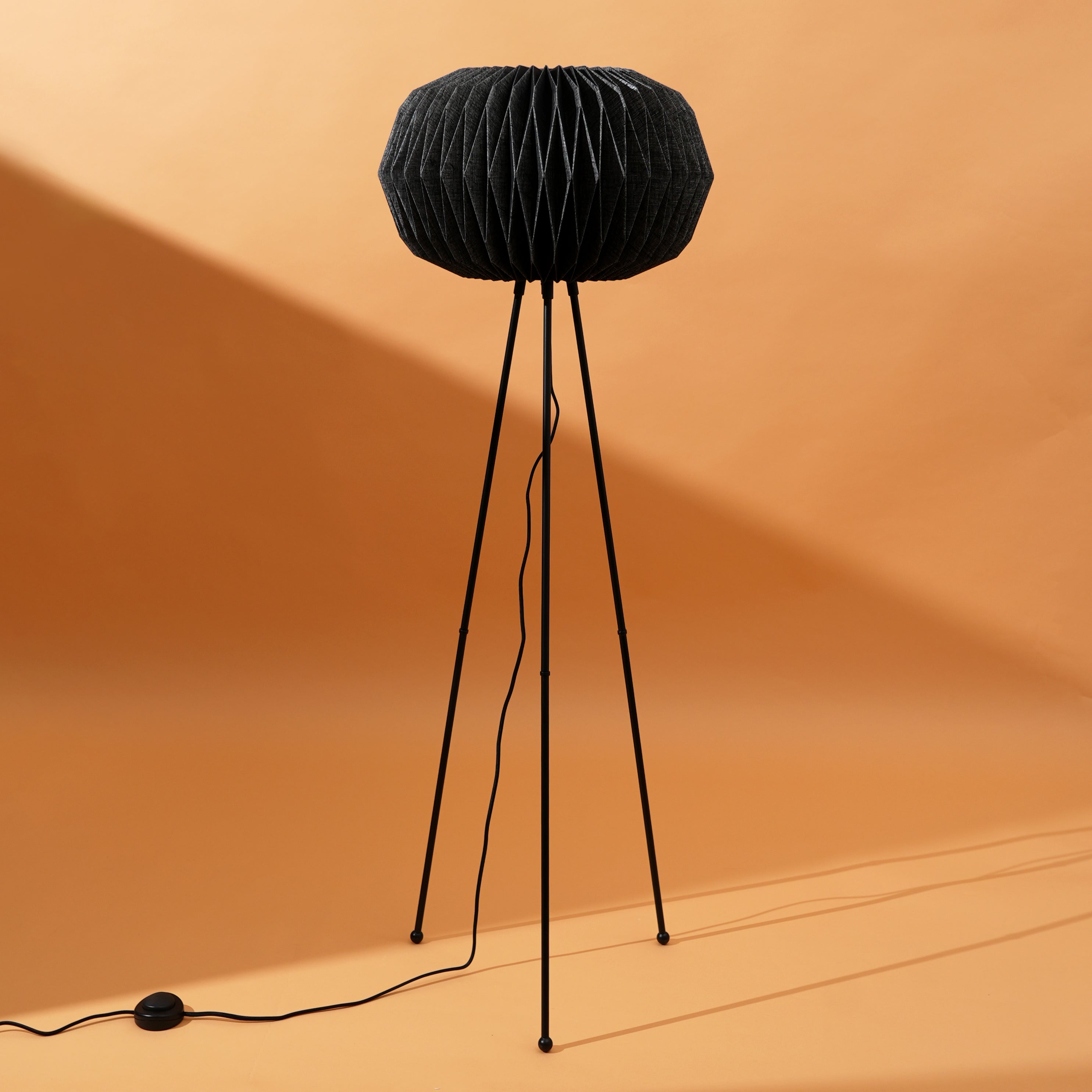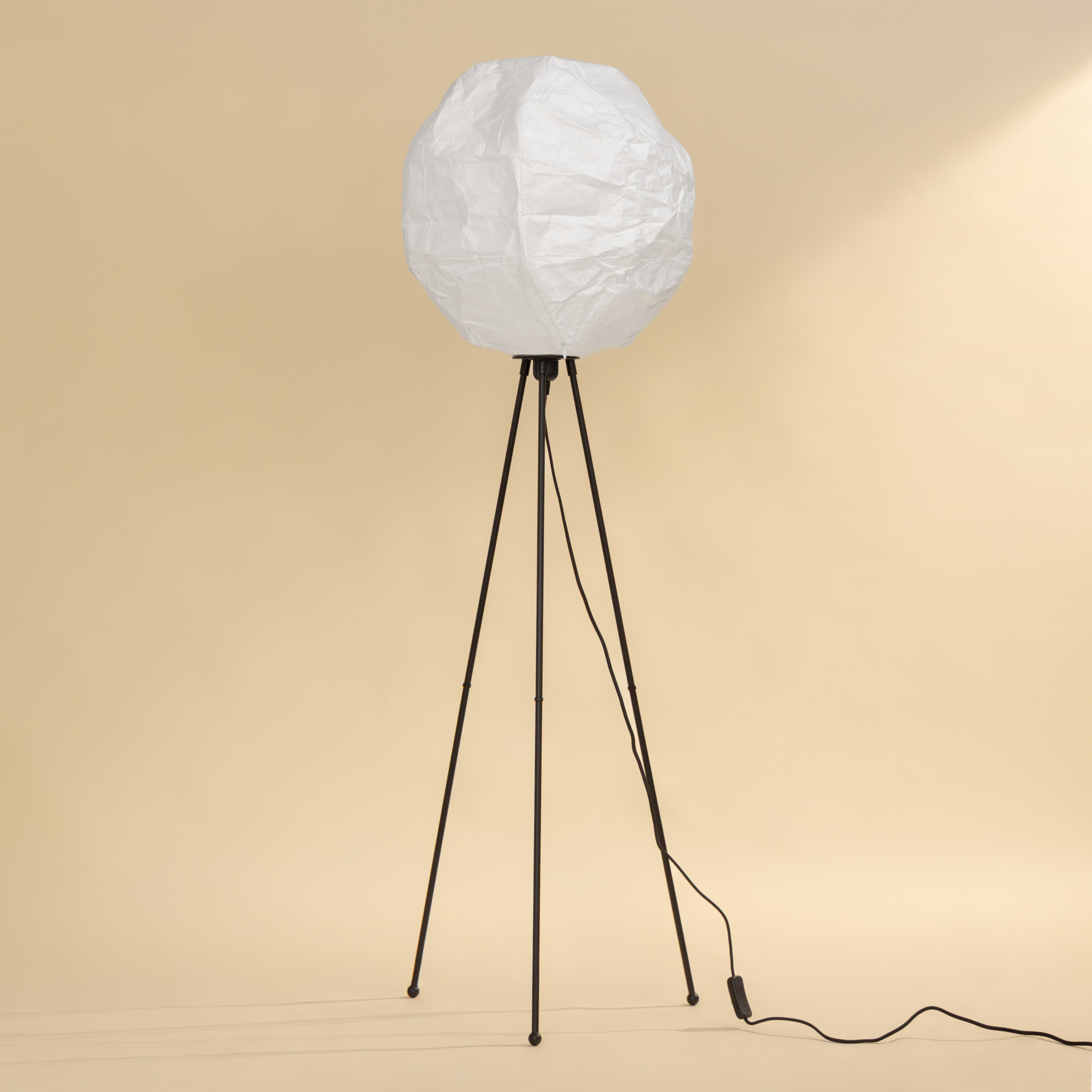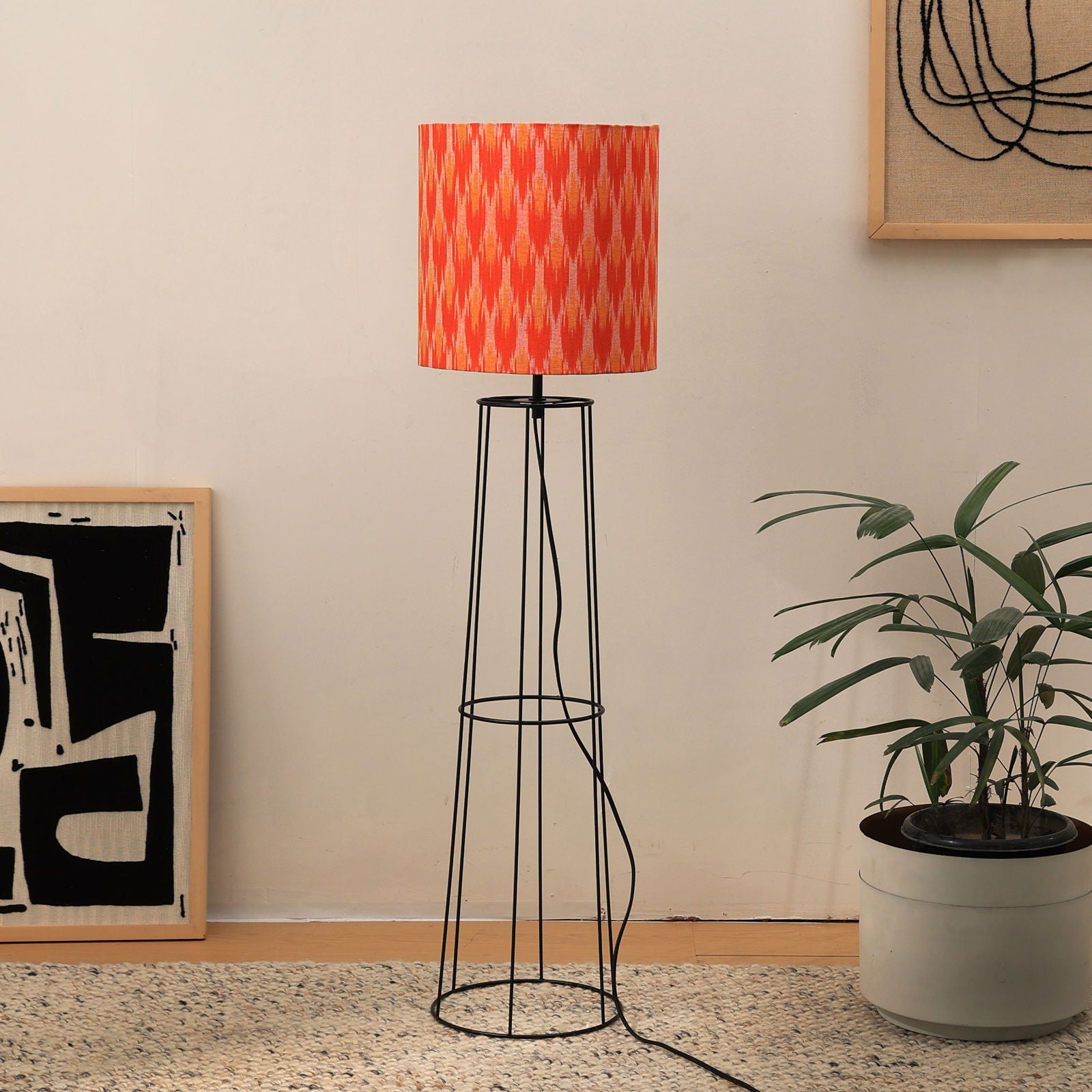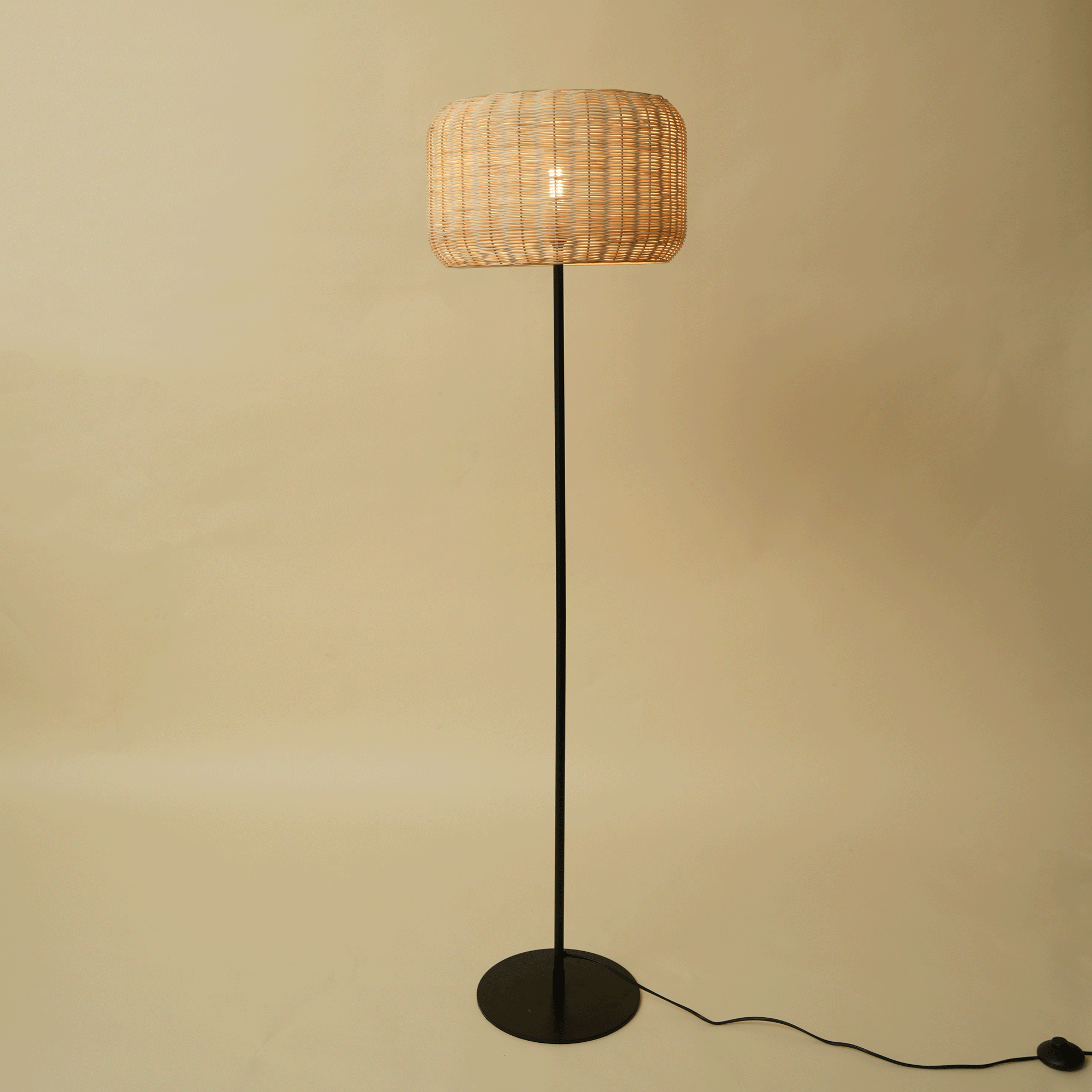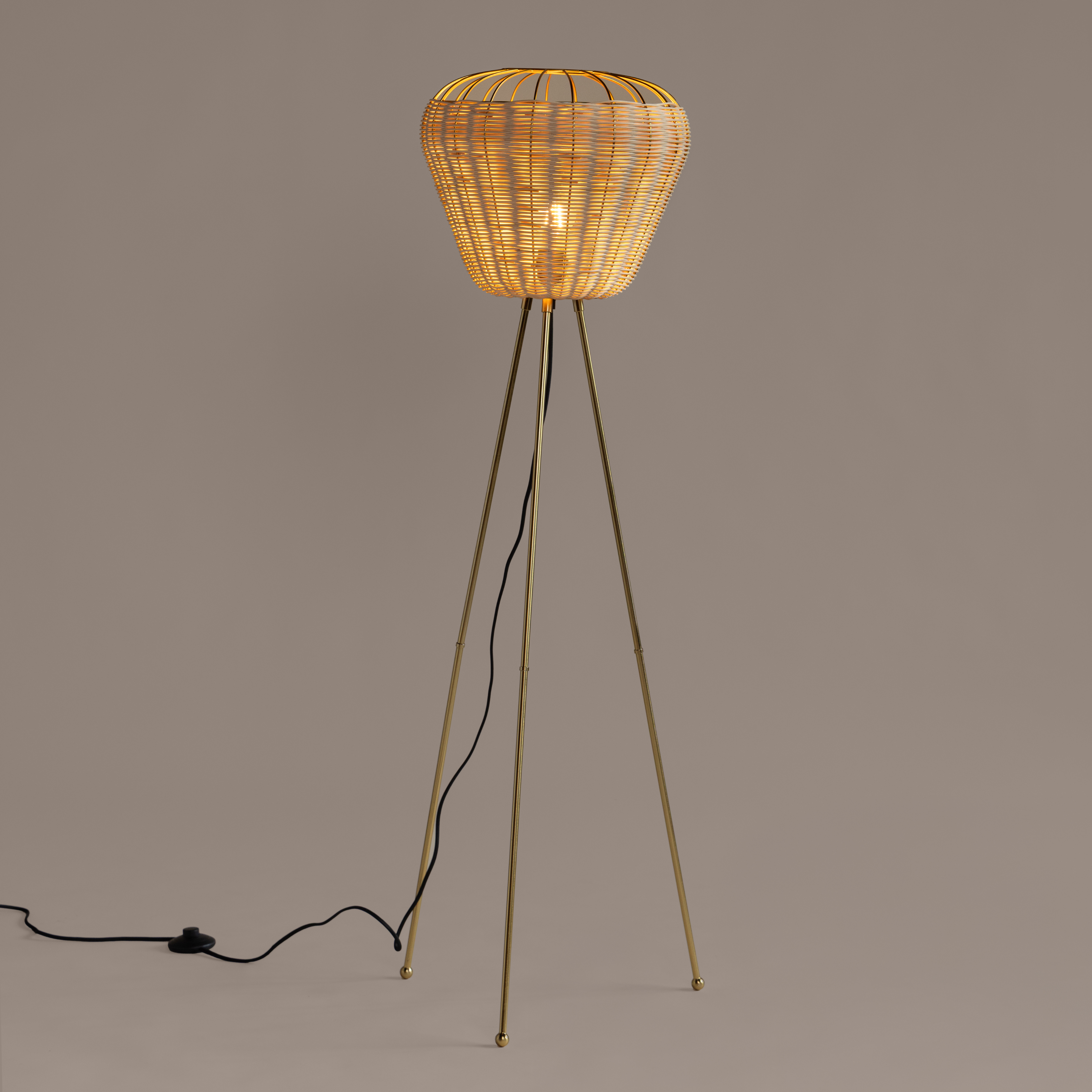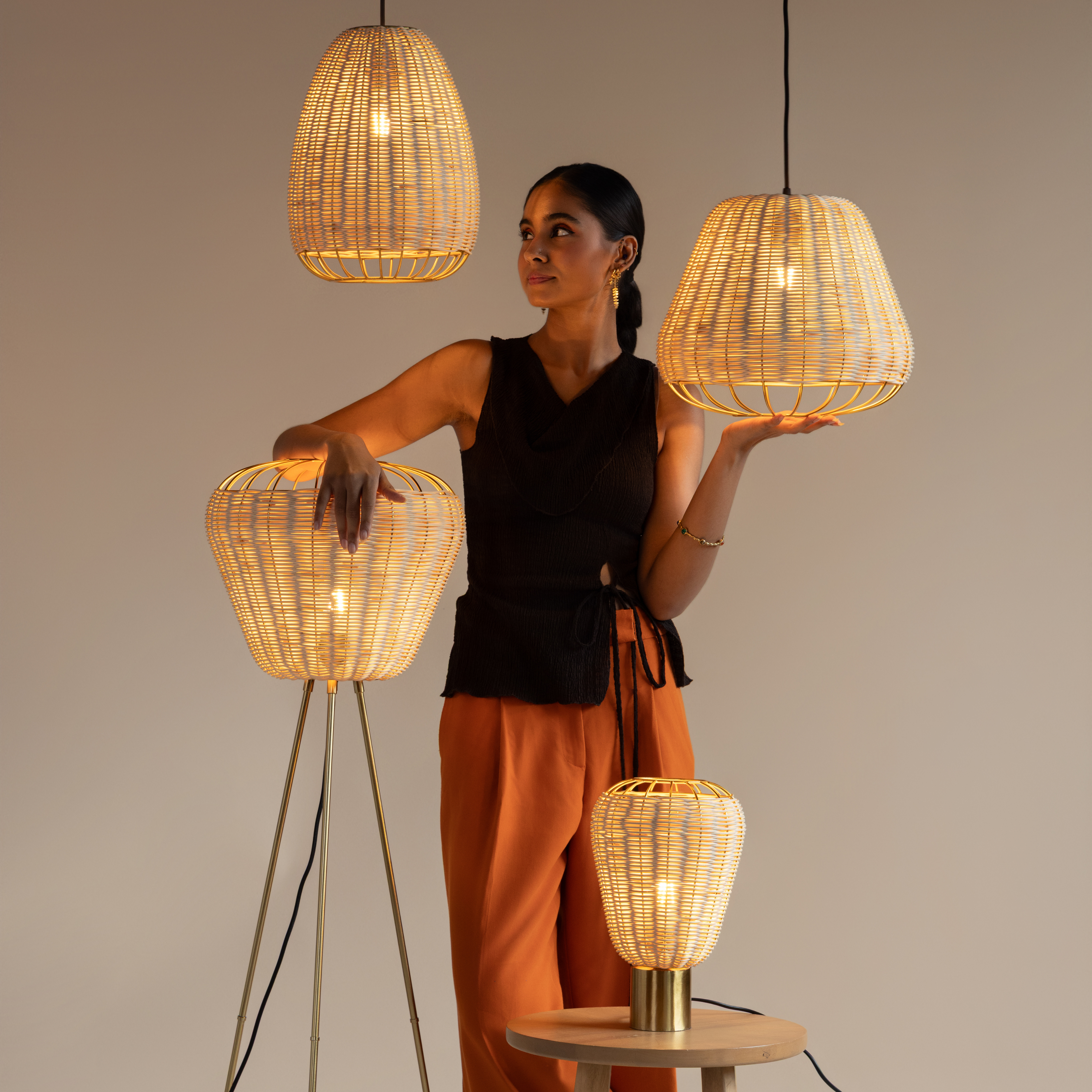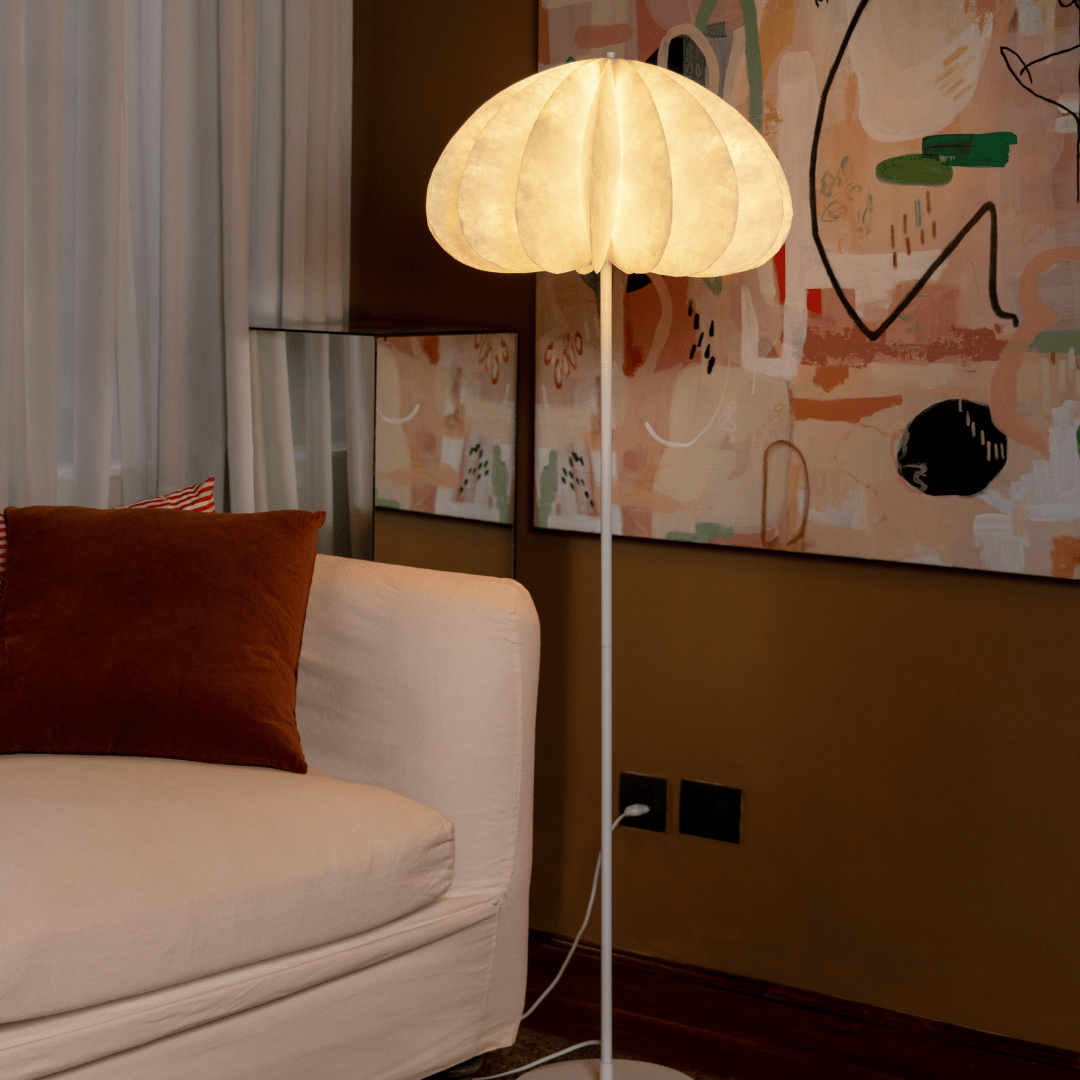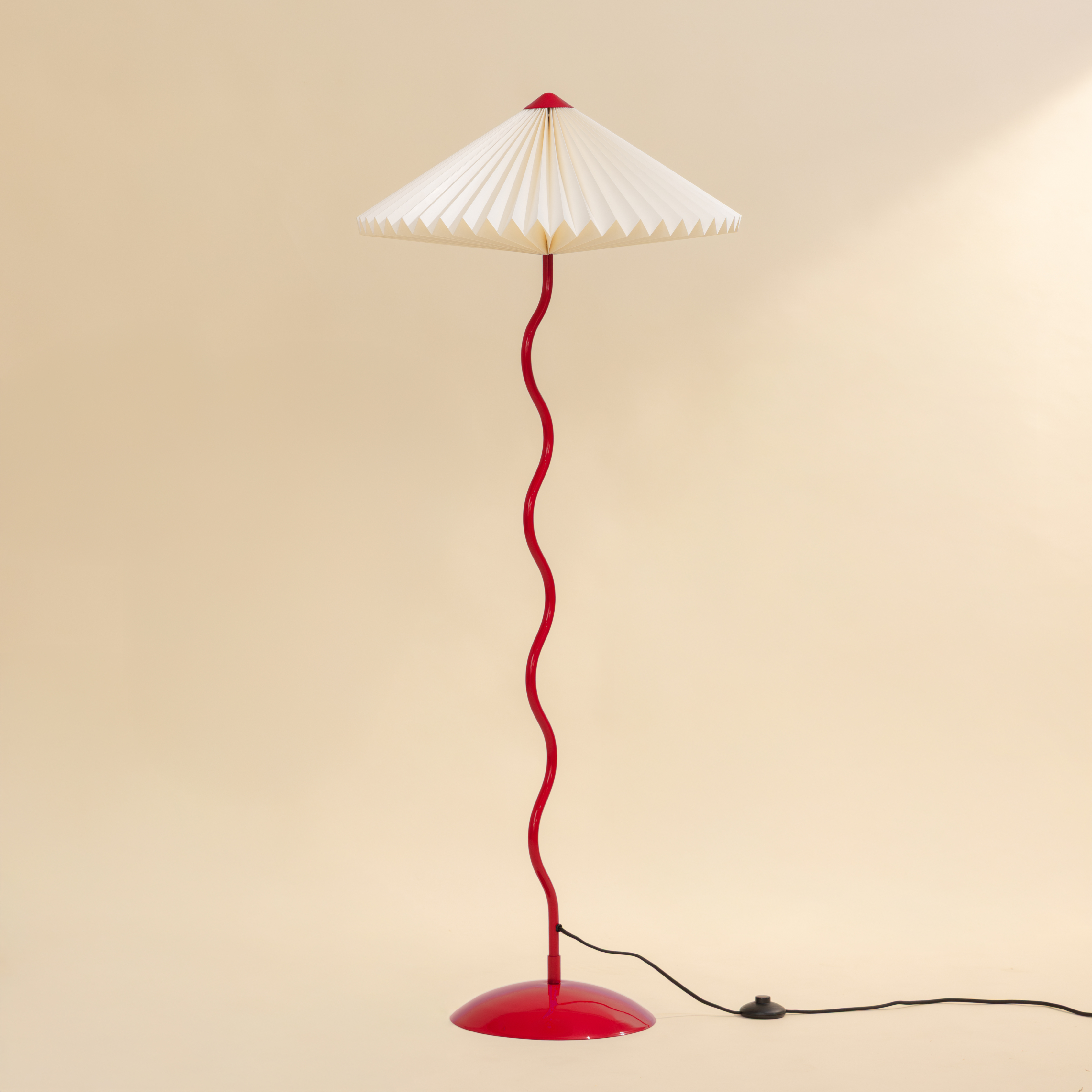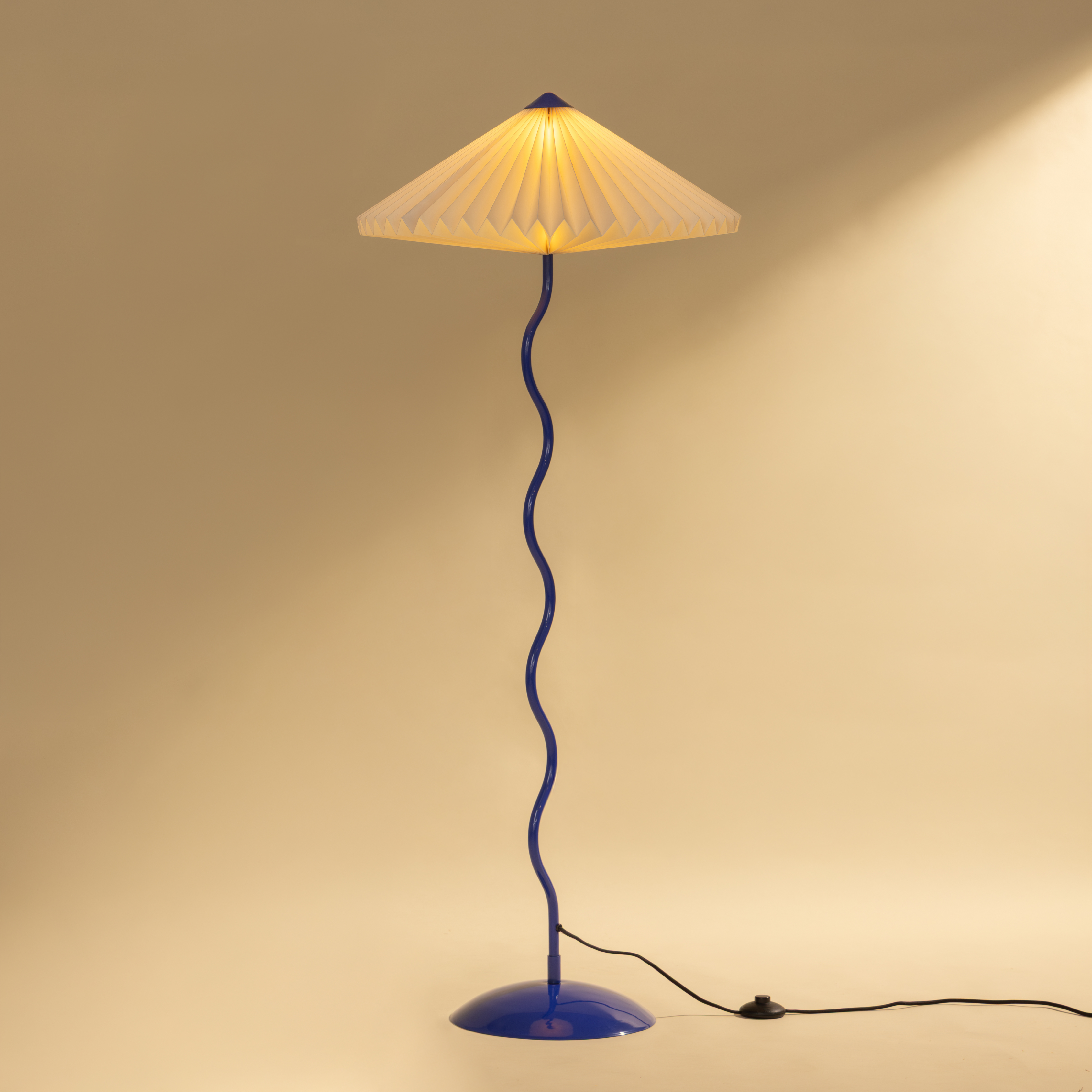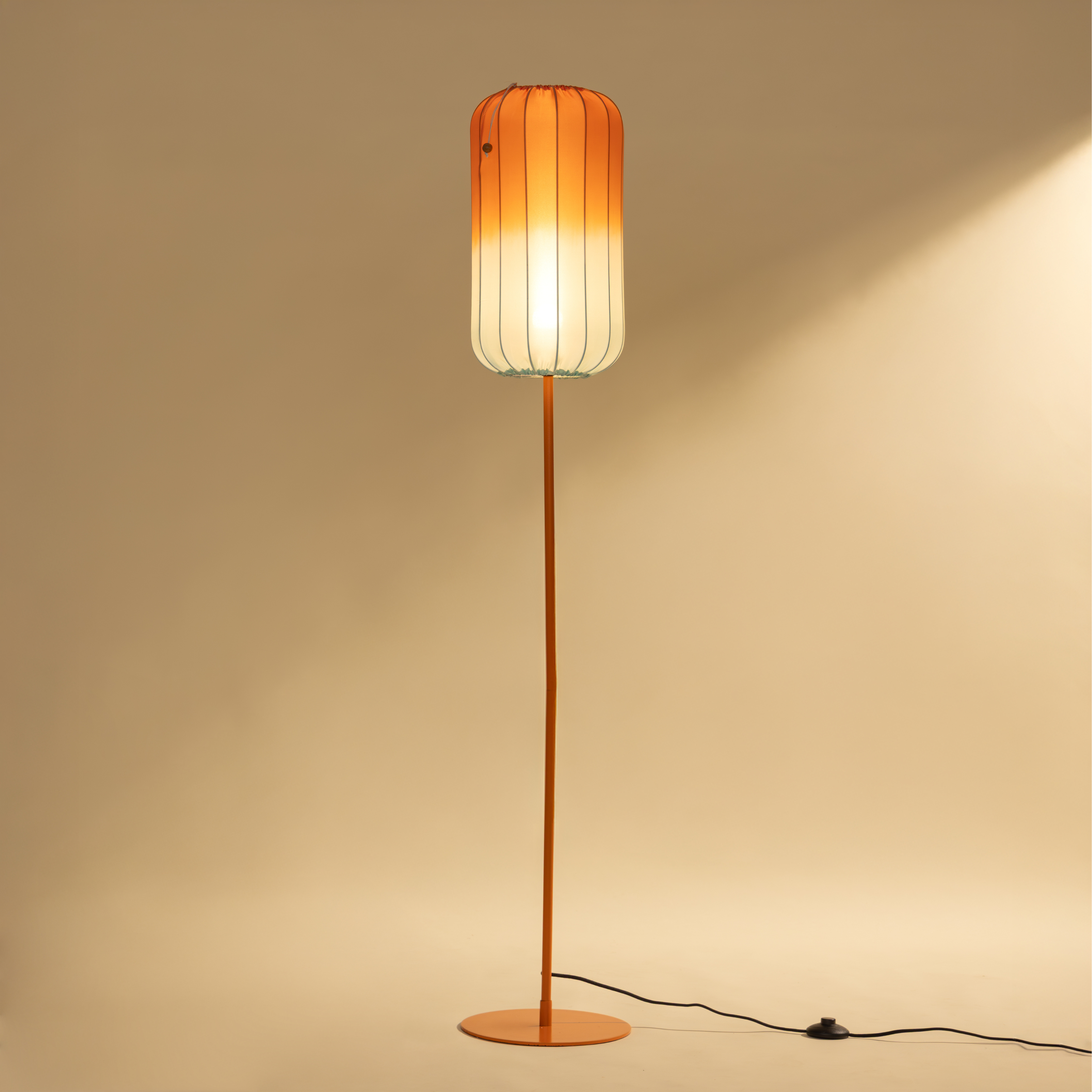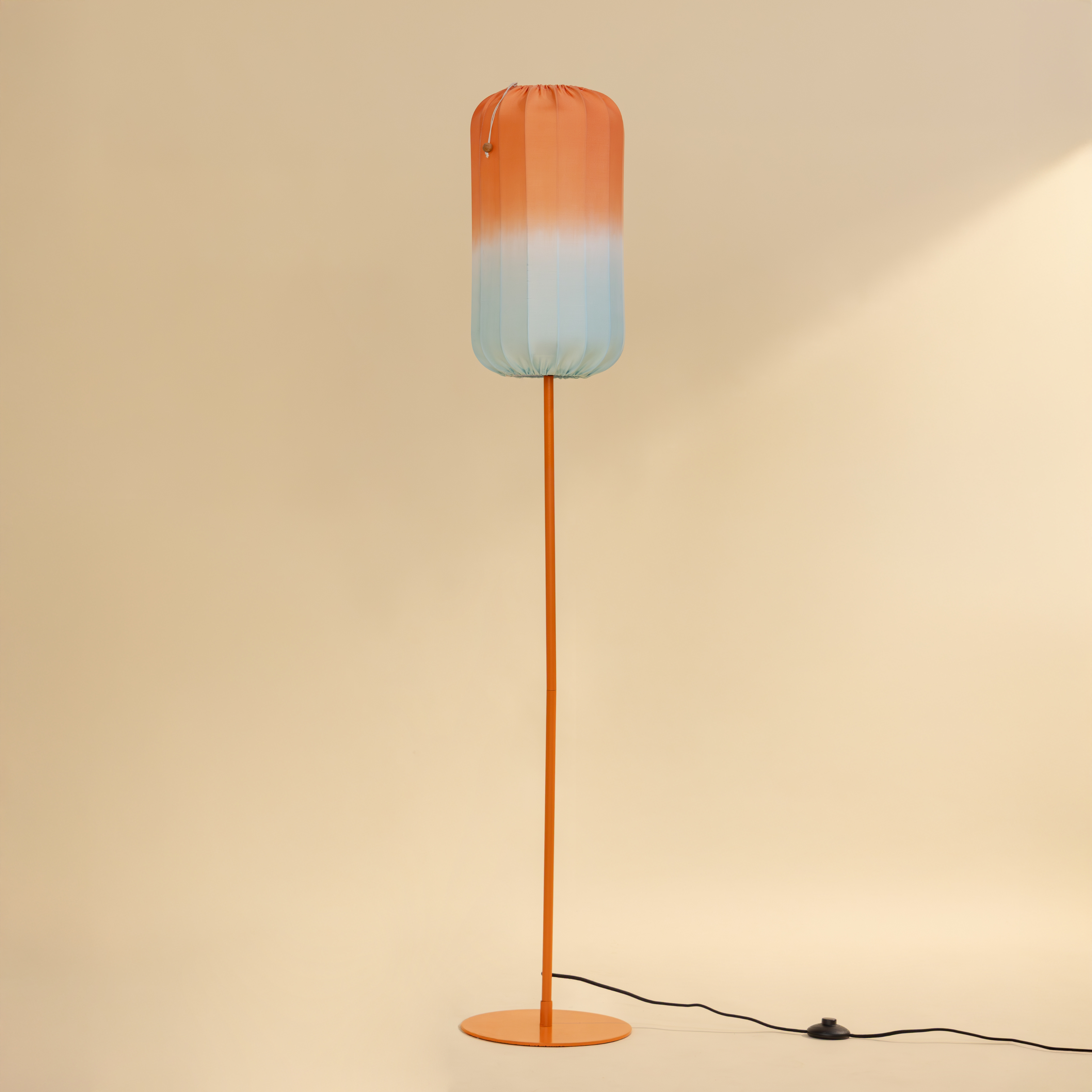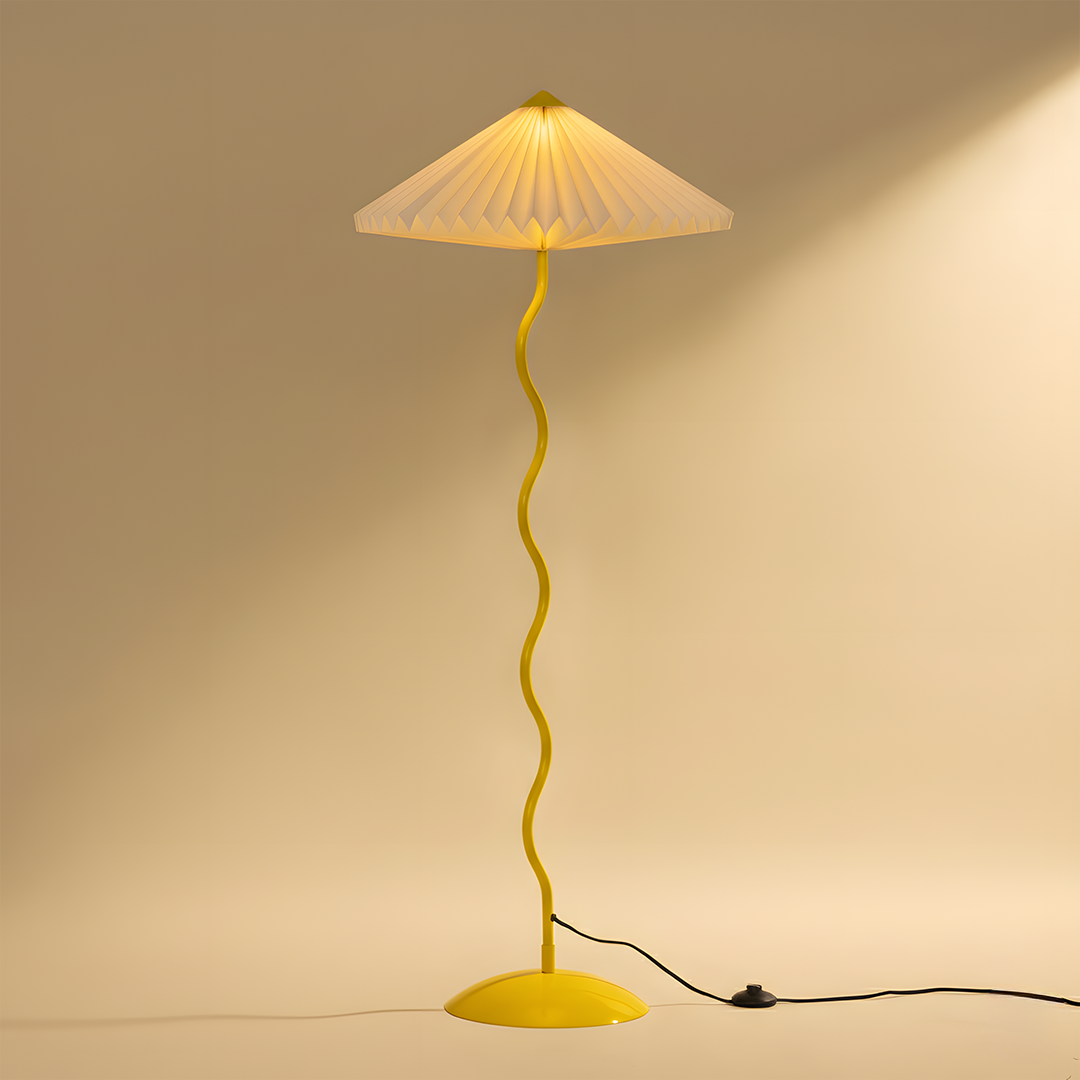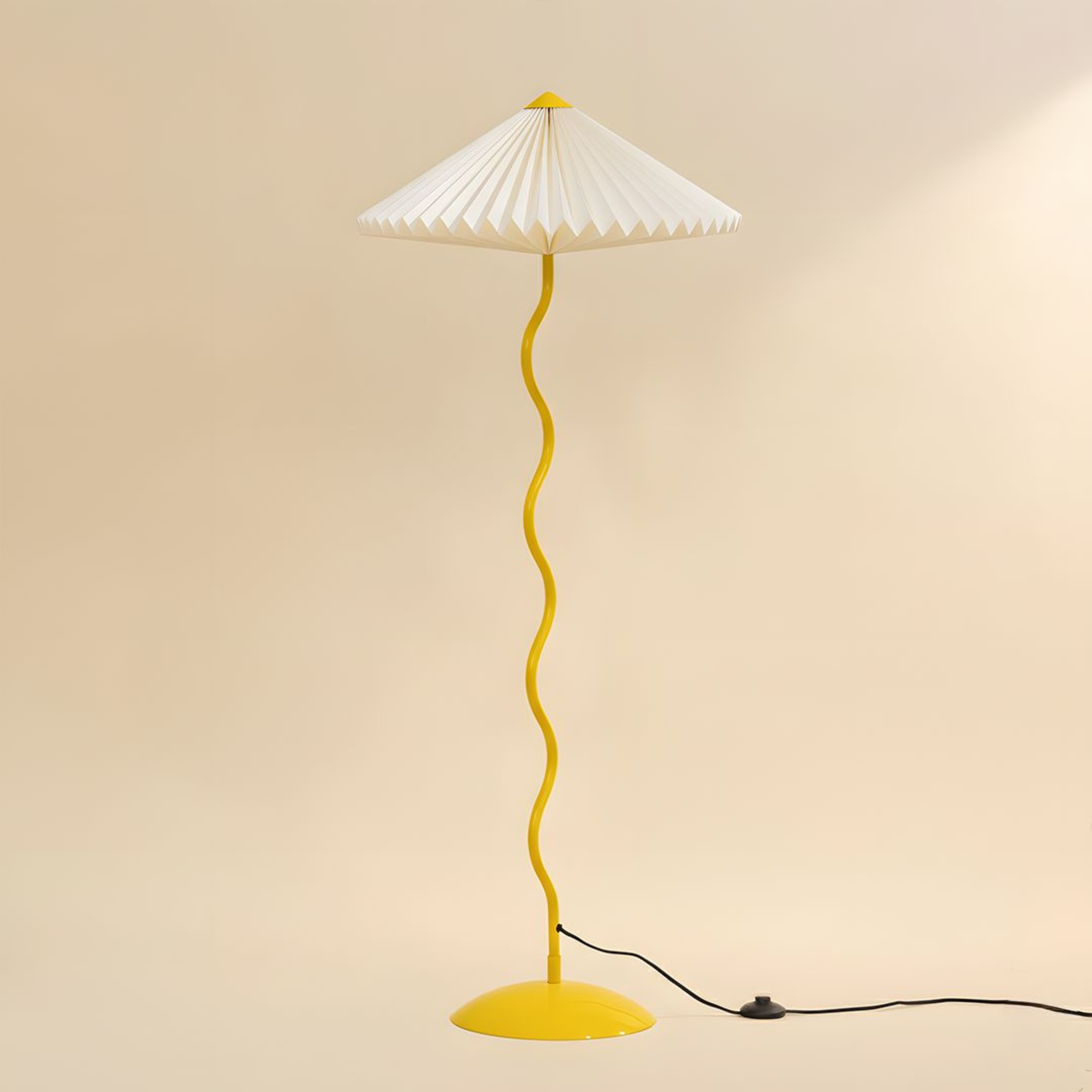
5 Lighting Rules Every Homeowner Should Know (and Actually Use!)
We often think of furniture, paint colours, and décor when styling our homes. But in reality, it’s lighting that brings everything to life. The right light can make a small room feel spacious, turn a dull corner into a cozy nook, and even lift your mood after a long day.
Yet, lighting is one of the most overlooked design elements. That’s why understanding a few lighting design rules can help you create a home that looks as stunning as it feels comfortable.
Layer Your Lighting
If there’s one golden rule in the lighting guide for homeowners, it’s this- layer your lights. Relying on a single overhead fixture can make a room look flat or sterile. Instead, combine ambient lighting, task lighting, and accent lighting to create depth, warmth, and functionality.
How to do it:
-
Use ambient lighting (like ceiling lights) for overall illumination.
-
Add task lighting (like reading or desk lamps) where you need focus.
-
Introduce accent lighting (like wall sconces or uplights) to highlight features.
Match the Mood with the Room
Not all light is created equal, and not all rooms should feel the same. A kitchen needs energy and clarity, while a bedroom should feel calm and relaxing. Choosing the right color temperature is key to achieving this balance.
Lighting design tips:
-
Go for warm light (2700K–3000K) in living rooms and bedrooms for a cozy feel.
-
Choose neutral to cool light (3500K–4000K) in kitchens, bathrooms, and workspaces.
-
Mix color temperatures strategically for visual interest and practicality.
Don’t Forget Functionality
Design matters, but so does purpose. Every light in your home should serve a function, whether it’s illuminating a task, setting a mood, or enhancing your décor.
Think about how you use each space before deciding where and what to install. For example:
-
A reading corner needs bright, focused task lighting.
-
Dining areas benefit from soft pendant ambient light.
-
Entryways call for accent lighting that makes a welcoming first impression.
Mind the Shadows and Glare
The biggest lighting mistakes to avoid? Shadows and glare. Poor placement can make your space feel uneven, uncomfortable, or harsh on the eyes.
Pro Tips:
-
Avoid placing ceiling lights directly above seating areas or reflective surfaces.
-
Use lampshades or diffusers to soften light sources.
-
Combine indirect light (bounced off walls) with direct light for natural balance.
Use Lighting as a Design Statement
Lighting isn’t just practical, it’s an opportunity for expression. A sculptural pendant, sleek floor lamp, or textured shade can instantly elevate your interiors. Treat lighting as you would artwork: something that reflects your personality and ties the room together.
How to achieve this:
-
Choose fixtures that complement your color palette and textures.
-
Mix materials like glass, wood, and metal for contrast.
-
Use dimmable bulbs to shift from functional to atmospheric lighting effortlessly.
Great lighting is about intention. When you understand how to light your home, every corner tells a story, from a bright, cheerful morning kitchen to a softly lit evening retreat.
Follow these five lighting design rules, and your home won’t just look beautiful; it’ll feel alive. Because the secret to great design isn’t just what you see, it’s how you see it.


